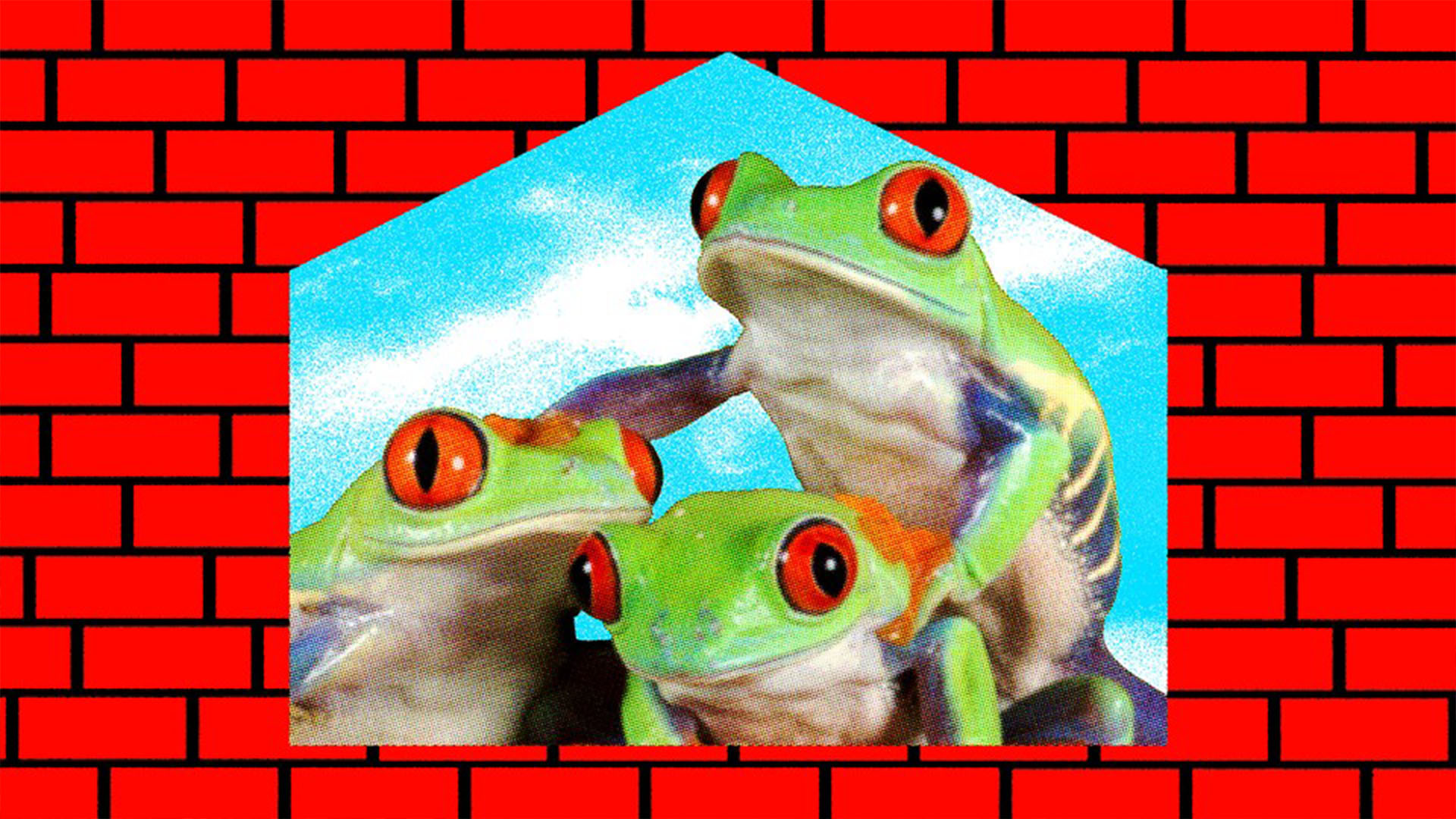Similar to the bird homes that have existed for nearly 4000 years, the author of this article suggests the creation of frog homes to accommodate amphibians whether it be for damp shade or a small pond for eggs to be laid. These home fixtures are not nearly as commonplace as bird houses simply because amphibians are meant to be concealed more than anything. Building an eco-friendly pond or toad home is a unique intervention. Such an intervention would allow individuals to actively contribute to amphibian conservation, especially in urban areas, since their populations are on the decline due to an all-encompassing fungal epidemic. Frogs are also very particular about their habitats, as they need both land AND water to survive. The US Department of Agriculture has recommendations on how to best curate these eco-friendly environments in your home, often for mutual benefits. For example, Etsy merchants sell toad hotels so these amphibians can “pay rent” by consuming pests that target gardens. Despite being man made, they serve an almost purpose as the original, with reports showing that man-made ponds house frogs with greater biodiversity than natural ones. The ponds do not need to be equipped with elaborate structures; common household items such as spare PVC tubes, plastic bags, or broken pots can perfectly house these amphibians with little disease risk. To prevent mosquito breeding, one can get a cheap aerator from Amazon for $30. Incorporating these homes in our living spaces will keep common species common and protect endangered ones.
You Should Build a Frog Pond
Reviewer: Chidera Ejikeme
Guest editor from Northfield Mount Hermon School
March 15, 2023
News from: The Atlantic

Link:https://www.theatlantic.com/science/archive/2023/03/frog-house-conservation-birds/673311/